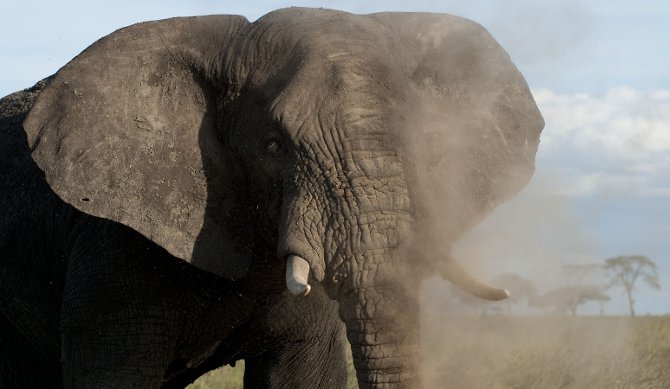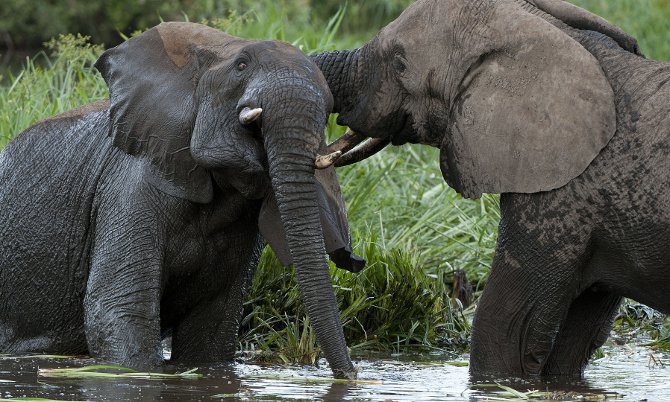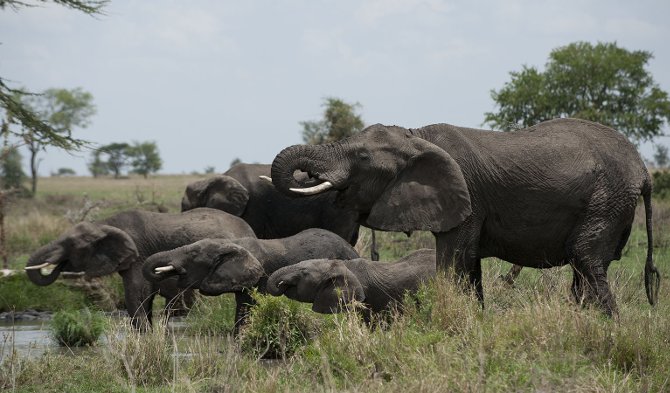Green Energy






- Mini Solar Home System
Advantages:l Warranty: 2 year for battery, 3 years for LED lamp and 20 years for solar panell Emergency lightingl Carbon green, Eco friendly and Energy savingl Portable solar lightl A handle is convenient to carry by handl Indicators...
- The Free-est Economy In The Americas
OOPS! The Heritage Society is very upset, but I have news for them. NO ONE NOTICED OR CARES 2012 Index of Economic FreedomTop 10 Countries1 Hong Kong 89.9 2 Singapore ...
- Revealing Capitalization
From this source quoting James J. Lee, who invaded the Discovery Channel's building today in Silver Spring Maryland, fired shots, and held hostages until the police shot him:"Nothing is more important than saving ... the Lions, Tigers, Giraffes, Elephants,...
- Spare Change?
It’s no surprise that Hamas considers the cutoff of foreign money to be “blackmail.” After all, that’s what a teenager always considers the threatened withholding of his allowance to be. “Dad! You can’t do that; it’s not fair!”...
- Wind Turbine” Was Set Up By The Senegalese.
To close the energetic gap that exists in Senegal and boost the solar industry, the “Association For The Promotion Of Solar Energy And Recovery Of The Wind Turbine” was set...
Green Energy
Is the Serengeti Safe?
Imagine walking through a city at night. If you’re familiar with it, you know which parts of the urban jungle are perilous. To steer clear of trouble, you avoid them. Could it be the same in iconic places like Tanzania’s Serengeti National Park? The best way to find out, scientists have discovered, may be to ask the elephants. These gentle behemoths of the savanna have figured out where danger is – and where it usually isn’t.

© Daniel Rosengren
The African elephant is the largest terrestrial animal alive today. What does it have to fear from Homo sapiens? Plenty, according to findings on where the Serengeti’s elephants are stressed by threats from humans: outside the boundaries of the national park. The research was conducted to learn whether African elephants fare better inside Serengeti National Park, a protected area, than in adjoining places such as the Grumeti Game Reserve and Ikoma Open Area, where our footprints are bigger. The elephants’ stress was measured by tracking glucocorticoid metabolites, or stress hormones, in their dung from the three locations: Serengeti, Grumeti and Ikoma.

© Daniel Rosengren
Based on the results, elephants feel most under fire when they’re outside the national park. “No wonder more elephants are seen inside the Serengeti limits,” says lead project biologist Eivin Røskaft of the Norwegian University of Science and Technology. “They’re avoiding people.”
Discovering where and how human disturbance affects elephants in and around the Serengeti, Røskaft says, “may offer a missing piece in the conservation puzzle.” The findings “highlight something we didn’t know about protected areas,” says ecologist Tony Sinclair of the University of British Columbia in Vancouver, Canada. Sinclair is author of the book Serengeti Story and editor of the forthcoming volume Serengeti IV. “These areas provide a refuge from stress,” he says, “which all large animals likely experience.”

© Daniel Rosengren
Røskaft and other scientists such as Heidi Tingvold, also of the Norwegian University of Science and Technology, conducted the study from March to July, 2010, in more than 16 000 square kilometers of savanna and woodland. The results were published in the African Journal of Ecology.
The area was divided into four sections based on risk of hunting and level of other human activities: the northern Serengeti (which the researchers labeled “moderate risk”), central Serengeti (low risk), Serengeti western corridor (moderate risk), and Ikoma Open Area and Grumeti Game Reserve (high risk). In the Grumeti Game Reserve, trophy hunting of some species, excluding elephants, is allowed for several months each year. In the Ikoma Open Area, legal hunting is strictly controlled, says Røskaft, but illegal hunting nonetheless continues. Poverty-stricken villagers say they need the economic benefits.

© Daniel Rosengren
Elephants’ stress hormones, whether inside or outside the park, mirror the amount of human activity. “Somehow,” says Røskaft, “elephants must ‘know’ when they’re in an area that could be a risk.” The biologists are also looking at stress in elephants in Tanzania’s Selous Game Reserve and in Northern Namibia, as well as in impalas, or African antelopes, in the Serengeti.

© Daniel Rosengren
High levels of stress hormones likely result, Røskaft says, “from ongoing hunting activity, which has led the animals to associate humans and vehicles with bad outcomes. Elephants in particular probably remember where they’ve been, and if they’re back in an unsafe place, the memory of the previous experience stresses them.” Røskaft thinks elephants realise, sometimes too late, when they’ve wandered into a danger zone.
Next time you glimpse a shadow near a dark building on a dimly-lit street and the hair on your neck stands up, or spot a shady-looking gang and your spine tingles, remember the elephants when they wander too far from the invisible border of the Serengeti National Park.

© Daniel Rosengren
For more information on Tanzania’s elephants click here.
- See more at: http://africageographic.com/blog/is-the-serengeti-safe-ask-an-elephant/#sthash.khqIQL0H.8rOFai2X.dpuf
- Mini Solar Home System
Advantages:l Warranty: 2 year for battery, 3 years for LED lamp and 20 years for solar panell Emergency lightingl Carbon green, Eco friendly and Energy savingl Portable solar lightl A handle is convenient to carry by handl Indicators...
- The Free-est Economy In The Americas
OOPS! The Heritage Society is very upset, but I have news for them. NO ONE NOTICED OR CARES 2012 Index of Economic FreedomTop 10 Countries1 Hong Kong 89.9 2 Singapore ...
- Revealing Capitalization
From this source quoting James J. Lee, who invaded the Discovery Channel's building today in Silver Spring Maryland, fired shots, and held hostages until the police shot him:"Nothing is more important than saving ... the Lions, Tigers, Giraffes, Elephants,...
- Spare Change?
It’s no surprise that Hamas considers the cutoff of foreign money to be “blackmail.” After all, that’s what a teenager always considers the threatened withholding of his allowance to be. “Dad! You can’t do that; it’s not fair!”...
- Wind Turbine” Was Set Up By The Senegalese.
To close the energetic gap that exists in Senegal and boost the solar industry, the “Association For The Promotion Of Solar Energy And Recovery Of The Wind Turbine” was set...
